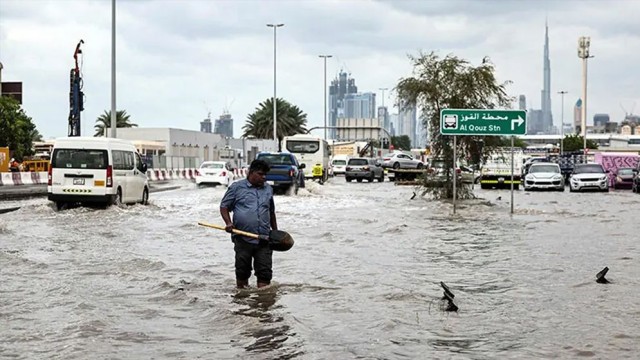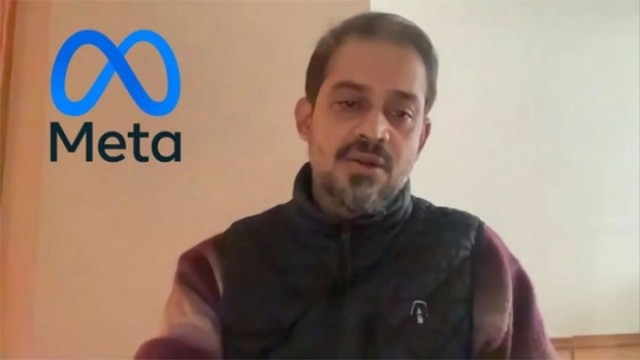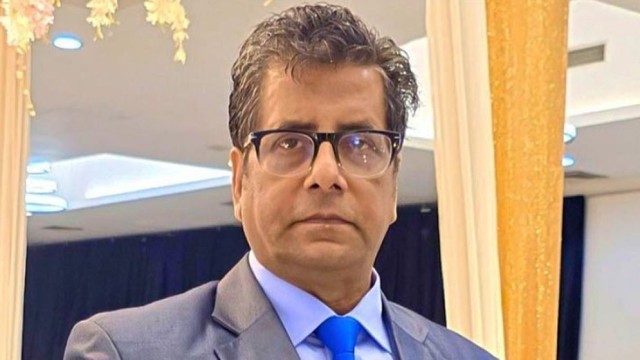A groundbreaking study from the University of East Anglia (UEA) has cast a stark light on the chasm between current carbon removal strategies and the ambitious targets of the Paris Agreement. The research, published in the esteemed journal Nature, reveals a daunting shortfall in the global effort to curb climate change: existing plans are predicted to miss the mark by a staggering 3.2 billion tons of CO2 by 2050.
This revelation comes at a critical juncture in our global environmental narrative. The UEA study is the first to quantify the “ambition gap” in carbon dioxide removal (CDR), a key component in the strategy to limit global warming to 1.5°C above pre-industrial levels. The findings underscore the need for a significant escalation in climate action, beyond the conventional methods of carbon capture.
Dr. William Lamb, the study’s lead author, stresses the imperative for swift and comprehensive emissions reductions across all sectors. His call to action is echoed by co-author Dr. Naomi Vaughan, who highlights the vital role of public awareness and policy-driven initiatives in scaling up CDR methods. Together, they advocate for a dual approach: aggressive emissions cuts paired with innovative carbon removal techniques such as advanced air filters and enhanced rock weathering.
Despite the commitments made by nations, the study indicates that even if these are honored, the anticipated increase in carbon removal will not suffice to prevent the direst consequences of climate change. An alternative scenario presented by the Intergovernmental Panel on Climate Change (IPCC) suggests that a significant reduction in global energy demand, spurred by political action and behavioral changes, could narrow the emissions gap more effectively.
The UEA study serves as a clarion call for a paradigm shift towards global cooperation and a unified front against climate change. It presents a sobering yet hopeful message: the path to a sustainable future is steep, but not insurmountable. With collective resolve and innovative solutions, there is still hope to bridge the gap and secure a livable planet for future generations.






























Comment: